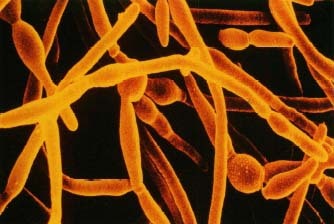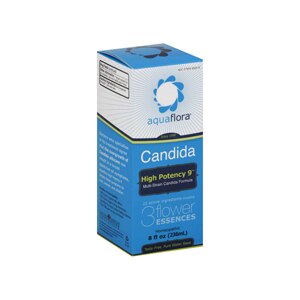
If you’ve been in the weight-loss aisle of any pharmacy or grocery store lately, you’ve definitely heard of Garcinia Cambogia. Since being featured on Dr. Oz’s talk show, it has exploded in popularity, leading to hundreds of cheap knockoffs, and even more dubious claims of magical weight-loss-in-a-bottle. But what is Garcinia Cambogia? And is it right for you and your weight-loss goals?
While a novel weight-loss supplement to us, Garcinia Cambogia isn’t a new ingredient by any means. Used for centuries in India and Southeast Asia in curries and as a digestive aid, it’s a small, green, pumpkin-shaped fruit that’s also sometimes known as tamarind, and is enjoyed for its sour flavor. The extract is also commonly used in commercial fish curing because of its antibacterial properties.
When used as an ingredient in dishes, it can make them seem more filling, but the rind is what contains most of the active ingredient, Hydroxycitric Acid, for burning fat. HCA has been clinically shown to increase lipid metabolism and enhance thermogenesis—in other words, it helps your body burn more fat. More importantly, HCA has also been shown to increase serotonin levels and reduce appetite, which is especially great for people who tend to overeat when upset or stressed and ruin all of their hard work in the gym.
For maximum weight-loss effects, it’s important to look for a supplement that has at least a 50% concentration of HCA extract,  such as Nature’s Dynamic’s Garcinia Cambogia. This organic supplement combines 1500 milligrams of HCA with an awesome energy and wellness blend that contains ginkgo, black cohosh and green tea extract.
such as Nature’s Dynamic’s Garcinia Cambogia. This organic supplement combines 1500 milligrams of HCA with an awesome energy and wellness blend that contains ginkgo, black cohosh and green tea extract.
As with all things, moderation is key. Liver damage has been reported with high amounts of HCA (more than 60% concentration), so don’t take more than the recommended dose. You should also see your practitioner before taking HCA if you take drugs to lower your cholesterol.
As with any weight-loss supplement, Garcinia Cambogia isn’t a magic pill that will melt all of your fat away, but it can be a great addition to a solid diet and exercise plan.
 When most people think of February, they think of Valentine’s Day and the joy (or heartbreak) that brings. But February isn’t just concerned with affairs of the heart when it comes to romance, it is also American Heart Health Month, a month dedicated to raising awareness of heart disease and its risks.
When most people think of February, they think of Valentine’s Day and the joy (or heartbreak) that brings. But February isn’t just concerned with affairs of the heart when it comes to romance, it is also American Heart Health Month, a month dedicated to raising awareness of heart disease and its risks. If you’ve ever taken a strong antibiotic, or have an impaired immune system, you may be susceptible to a candida overgrowth. While not dangerous, these overgrowths can cause fatigue, digestive and skin issues, or fungal infections of the skin, nails and genitals. How much is too much, and how can you get rid of excess candida if you are experiencing these symptoms?
If you’ve ever taken a strong antibiotic, or have an impaired immune system, you may be susceptible to a candida overgrowth. While not dangerous, these overgrowths can cause fatigue, digestive and skin issues, or fungal infections of the skin, nails and genitals. How much is too much, and how can you get rid of excess candida if you are experiencing these symptoms? to add a complementary candida detoxification formula, such as SafeCare’s
to add a complementary candida detoxification formula, such as SafeCare’s  At this point, we’ve probably all heard about raspberry ketones. Ever since Dr. Oz touted them as a “miracle fat-burner in a bottle” nearly two years ago, the market for the supplement has exploded. But what are raspberry ketones, and how do they help you lose weight?
At this point, we’ve probably all heard about raspberry ketones. Ever since Dr. Oz touted them as a “miracle fat-burner in a bottle” nearly two years ago, the market for the supplement has exploded. But what are raspberry ketones, and how do they help you lose weight?



